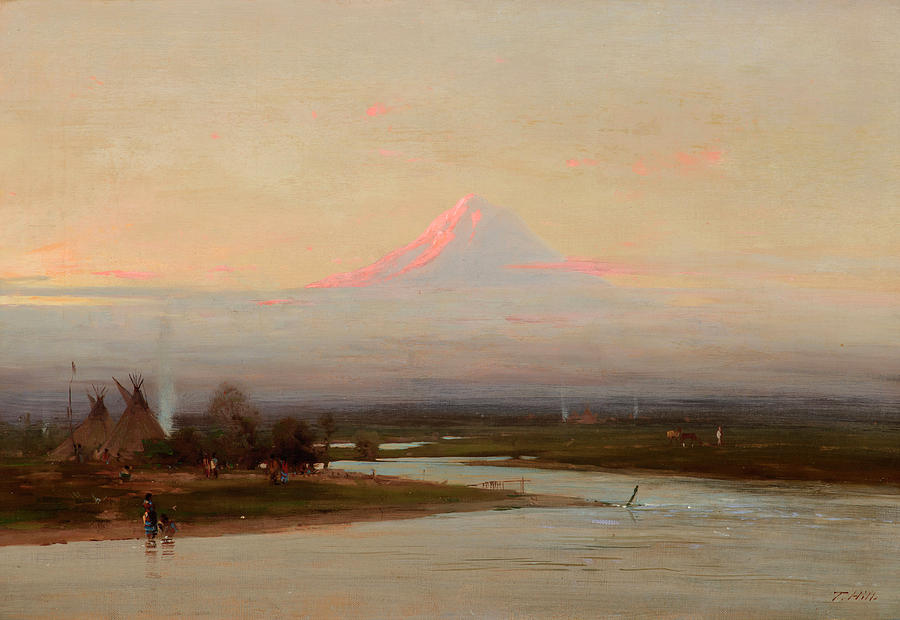

The value of Van Gogh’s paintings may have exploded posthumously, but as a fictionalized Hugh Hefner advises in Pam & Tommy, “Separate your price from your worth.
Portrait painter tacoma movie#
But unlike the caricatured image of the crazy artist with delusional behavior, we discover a cultured man, measured in his judgments, and curious.” That image of Van Gogh as a paint-splashing maniac comes to us largely from the Irving Stone novel Lust for Life and its Kirk-Douglas-starring movie adaptation. In Van Gogh’s creative process, notes the show’s handsome, glossy program, he “shows the complete fugue that characterizes his life. Van Gogh’s Portrait of Adeline Ravoux (center image) But there’s a mesmerizing quality to this particular exhibition that takes one away from the modern world and into a doomed but fascinating mind. Sadly, nothing can match the three-dimensional complexity of seeing these works in person Van Gogh had a way of piling paint on paint that’s both sculptural and somehow alchemical. The illusion that the floor of the space has been painted is eerily convincing, and images have been blown up so enormously that the weave of the very canvas is visible beneath Van Gogh’s brushstrokes. Some, like Almond Blossom, have been animated like characters and backgrounds in the Polish biopic Loving Vincent. At times images slide across the screens. 1 and “Aquarium” from The Carnival of the Animals. Paintings, drawings and photos appear on the walls to such familiar musical compositions as Gymnopédie No.

The walls and floor are used as multiple, expansive projection screens in the “Image Totale” technique invented by Albert Plécy.
Portrait painter tacoma series#
After wending through a series of biographical panels, the viewer enters a large, nearly rectangular space with a rhomboid prism hanging off center. Girl in White and Marguerite Gachet at the Piano, both by Van GoghĪll this and more is on moving display at Tacoma Armory thanks to Imagine Van Gogh, a traveling exhibition co-designed by Julien Baron and Annabelle Mauger. Van Gogh seemed most at home painting the grubby Potato Eaters his society ignored. Café Terrace at Night isn’t about a convivial patio, it’s about the viewer isolated in shadow. “I see paintings or drawings,” Van Gogh wrote to his beloved brother Theo, “in the poorest cottages, in the dirtiest corners.” Sunflowers isn’t about an explosion of jubilant yellow, it’s about the failed blossom that droops to the side. It speaks to the outsider in many art lovers. We even pronounce his name wrong: Americans say “Van Go,” some Brits say “Van Goff,” but the Dutch artist likely introduced himself as “Vinchent Von Khokh.”īe that as it may, his work is irreproducibly brilliant. He had plenty of friends including name-brand artists from all over Europe. We know of only one painting sold during his lifetime, Red Vineyard at Arles, but it’s probable other sales went unrecorded. He didn’t slash his ear off over a woman rather, he cut the lower part of his ear off after roomie disputes with Paul Gauguin. Much of what we think we know, however, about this singular genius is debatable at best. His paintings now sell in the eight- or nine-figure range. If he’d lived another decade or two, he’d have found himself the talk of the European art world. Wracked by depression, debts, alcoholism, a parade of venereal diseases and an unknown mental health condition, Van Gogh apparently shot himself in the chest at age 37 and died of that infected wound three days later. He completed almost 900 paintings in less than 10 years but sold few. Born in 1853, he struggled to fit into his family’s upper-middle-class society, and he failed as an art dealer and missionary before turning to oil painting. The tragically curtailed biography of painter Vincent Van Gogh may be the most familiar in art history. The artistry of Vincent Van Gogh is on moving display at Tacoma Armory thanks to Imagine Van Gogh, a traveling exhibition co-designed by Julien Baron and Annabelle Mauger.


 0 kommentar(er)
0 kommentar(er)
